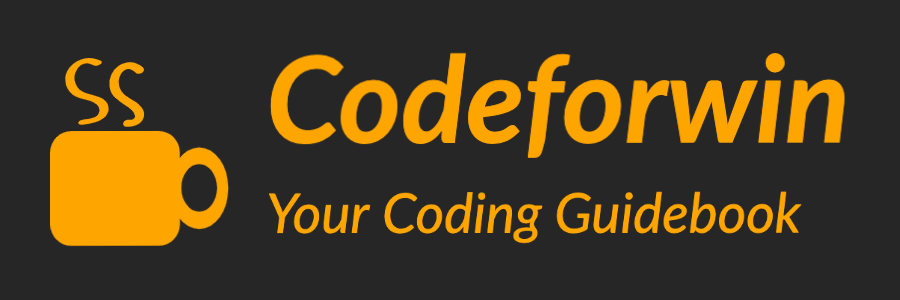Write a C program to input any number from user and check whether the Least Significant Bit (LSB) of the given number is set (1) or not (0). How to check whether the least significant bit of a number is set or unset using bitwise operator in C programming. C program to get the status of least significant bit of a number.
Example
Input
Input number: 11
Output
Least Significant Bit of 11 is set (1).
Read more – Program to check Most Significant Bit (MSB) of a number.
Required knowledge
Bitwise operators, Data types, Variables and Expressions, Basic input/output, If else
Logic to check Least Significant Bit (LSB) of a number
We use Bitwise AND & operator to check status of any bit. Bitwise AND & operator evaluate each bit of the resultant value as 1, if corresponding bits of both operands are 1.
To check LSB of a number we need to perform bitwise ANDing. The bitwise AND operation number & 1 will evaluate to 1 if LSB of number is set i.e. 1 otherwise evaluates to 0.

As you can see in above image 12 & 1 evaluate to 0. Since, LSB of 12 is 0. Whereas, 15 & 1 evaluate to 1 since LSB of 15 is 1.
Program to check Least Significant Bit (LSB) of a number
/**
* C program to check Least Significant Bit (LSB) of a number using bitwise operator
*/
#include <stdio.h>
int main()
{
int num;
/* Input number from user */
printf("Enter any number: ");
scanf("%d", &num);
/* If (num & 1) evaluates to 1 */
if(num & 1)
printf("LSB of %d is set (1).", num);
else
printf("LSB of %d is unset (0).", num);
return 0;
}Important note: The statement if(num & 1) is equivalent to if(num & 1 == 1).
Output
Enter any number: 11 LSB of 11 is set (1).
Happy coding 😉
Recommended posts
- Bitwise operator programming exercises index.
- C program to get highest set bit of a number.
- C program to get lowest set bit of a number.
- C program to count trailing zeros in a binary number.
- C program to count leading zeros in a binary number.
- C program to flip bits of a binary number using bitwise operator.
